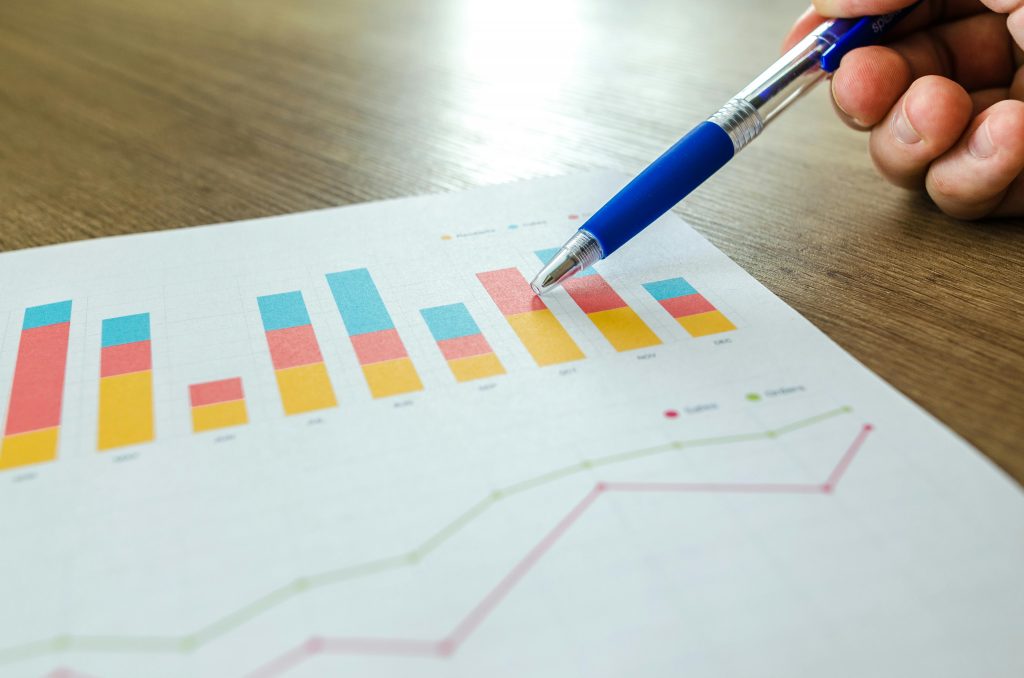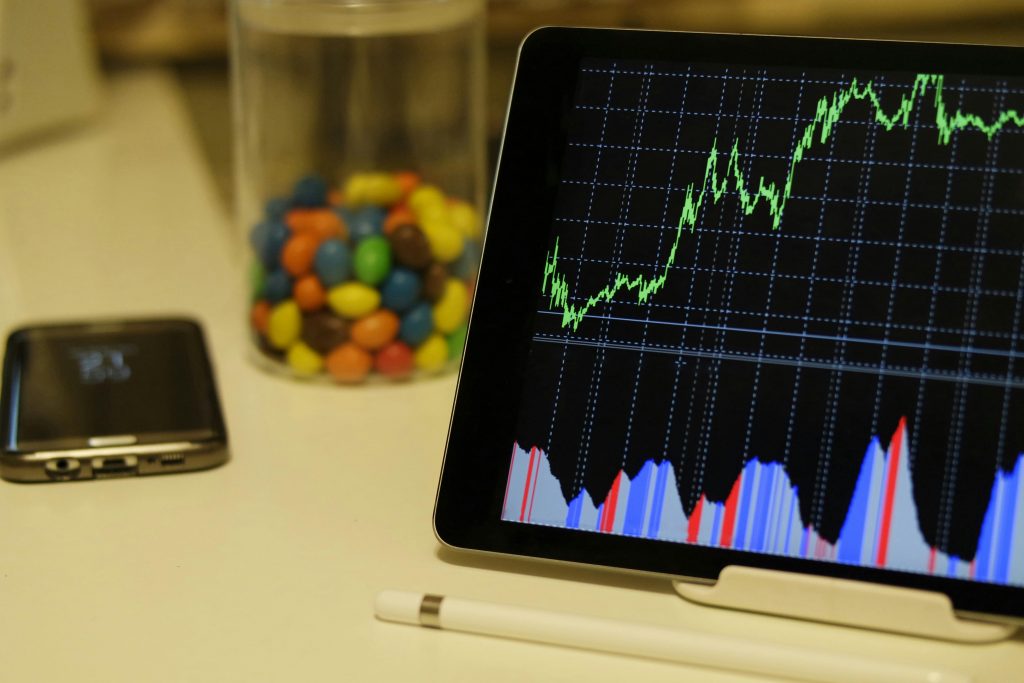Predictive analytics: Benefits and challenges
Understanding Predictive Analytics
Predictive analytics refers to the sophisticated part of data analysis that makes use of past data, statistical algorithms, and Machine Learning techniques for the forecasting of events. The analytics can establish patterns and trends from the heap of data and provide insightful decisions with operational effectiveness for the efficient running of an organization, improving customer experiences. With predictive analytics continuing to grow in prominence in a world relying more and more on data-driven decisions, its application will define strategy for companies in many industries.
Who Benefits from Predictive Analytics?
Predictive analytics has very wide applications in nature, reaching across most industries. From health to finance, retail, and manufacturing predictive analytics can be deployed against the best of competitors. The leading stakeholders like executives, data analysts, operation managers, and marketing teams all have strategic decisions based on insight from it, thus giving them growth and efficiency.
Predictive analytics would, for example, help hospitals in the healthcare field forecast patient admissions to effectively allocate resources to improve outcomes. Similarly, predictive models at banks help to assess the credit risk associated with lending to estimate the likelihood of loan defaults.
 Image from Pexels (source)
Image from Pexels (source)
Benefits of Predictive Analytics
Better Choices
The best advantage of predictive analytics is that it helps in better decision-making. Organizations can understand the probable outcomes with the help of data-driven insights and can take up appropriate action. Predictive analytics, for instance, guesses customer behavior in marketing to come up with campaigns that connect with the target audience. A famous example is that of Netflix, whereby, through predictive analytics, they recommend content based on the likes of users; in so doing, their subscribers are heavily engaged in their platform and satisfied.
Better Operational Efficiency
Predictive analytics is very important in making operations better by finding problems and areas that need improvement. For example, manufacturers can use predictive maintenance plans to expect when equipment might fail. Companies such as General Electric have been able to reduce downtime and lower maintenance costs by analyzing past data on how machines worked, resulting in smoother operations and better use of resources.
Risk Management
In an increasingly complex business world, effective risk management is a key success factor. Predictive analytics helps organizations uncover potential risks before they become significant issues. For example, insurance companies use predictive models to estimate the likelihood of claims based on historical data in order to develop strong plans for risk management. Companies like Allstate use predictive analytics to enhance their pricing models, where a fine line must be found between competitiveness and risk management.
Personalization
Today’s shoppers want experiences catered to their individual likings. Predictive analytics will help a business inspect customer data and readjust its products, services, and marketing accordingly. In other words, Amazon uses this kind of analytics for recommendations on what the customer purchased and viewed before in order to increase customer satisfaction, which helps them stick and boost sales.
Competitive Advantage
Those who will master the domain of predictive analytics will surge ahead with a huge competitive advantage over others. It enables a business to anticipate market trends, what customers want, and hence the companies can act far more quickly than their competitors. Fashion retailers like Zara use predictive analytics, which digs into sales data and customer feedback, hence enabling it to change inventories and designs rapidly to suit the market’s needs of the day.
Improves Supply Chain Efficiency
Predictive analytics for supply chain management would help maintain the right level of inventories, estimate demand, and iron out logistics. Firms like Walmart make use of predictive analytics to study consumer purchasing behavior in order to better forecast fluctuations in supply and demand. It ensures that the right products are available when needed, avoiding stockouts and excess inventory.
 Image from Pexels (source)
Image from Pexels (source)
Challenges of Predictive Analytics
Issues in Predictive Analytics
While the benefits of predictive analytics are much, one needs to consider what is a downside of predictive analytics. The quality of the underlying data has a huge say in the effectiveness of predictive analytics. Bad data quality leads to wrong predictions and hurts the decision-making process. Companies should invest in cleaning and checking their data to ensure the results from analytics are reliable. For instance, the retail chain will tend to make wrong marketing decisions with outdated customer databases.
High Implementation Costs
Finally, using predictive analytics solutions can be very costly, especially for the smaller organizations. Companies have to invest in technology, infrastructure, and skilled workers to derive full benefits from predictive analytics. This cost can prevent some businesses from using these advanced tools. For example, a small startup might have a hard time finding enough resources to set up a strong predictive analytics platform.
Over-reliance on Models
Predictive models are powerful tools, but overdependence on them can be detrimental. Companies should remember that these models use past data, which may not always show what will happen in the future. The well-known case of Target using predictive analytics to find pregnant customers shows even newer methods brought up ethical issues and worries about privacy. This is a clear example where model insights and human judgment have to be combined.
Ethical Issues
The use of predictive analytics raises ethical concerns, mainly about data privacy and security. Organizations have to ensure responsible treatment of customer data and adhere to the rules protecting individual privacy. For example, companies like Facebook have been challenged on the way they use data analytics in targeted advertising, an illustration of the need for more transparency and ethical treatment of data.
Scalability Problems
With the growth in organizations comes the difficulty in scaling up the predictive analytics solutions. Long-term success will require that the analytic tools manage increased data and complexity. For instance, a fast-growing e-commerce platform could find that predictive analytics models work appropriately when there is voluminous customer data. This success, therefore, necessitates planning for scalability right from the outset.
What is the Downside of Predictive Analytics?
So, what is a downside of predictive analytics? One major shortcoming involves data misinterpretation leading to improper business strategies.
What is the Limitation of a Predictive Study?
Do you know, what is the limitation of a predictive study? A big caveat to predictive studies, taken in one breath, is that many have generally emphasized correlation rather than causation. In this manner, though predictive analytics finds these patterns or trends, they themselves cannot be said to tell just why these patterns should, in fact, persist. It ensures that companies thereby deploy some intervention based on associations not resulting in what has been predicted. It is important for a business to read through the insights from predictive analytics.
 Image from Pexels (source)
Image from Pexels (source)
Build or Buy: Choosing the Right Predictive Analytics Solution
The implementation of predictive analytics presents each organization with a choice to either build or buy. It allows for tailored features and integration, but building requires significant resources and expertise. Buying can offer faster implementation and immediate access to best practices, but possibly with a lack of customization. Organizations are best positioned to make the right choice by considering a needs assessment, resources, and long-term goals.
For instance, Netflix may be developing its predictive analytics solutions in-house, so that they best fit the peculiarities of their operational processes, while some small retail business may also opt for already-made solutions to get insights as quickly as possible and not develop anything themselves.
Unlock Predictive Analytics with Data Science UA
If your organization wants to take full advantage of predictive analytics, it would be worth partnering with a data science expert such as Data Science UA. With an experienced team of data scientists and analysts, Data Science UA offers customized data science development services to meet your business objectives. Their expertise ensures that you will be able to harness the full power of your data to drive informed decision-making and achieve sustainable growth.
Data Science UA has successfully implemented predictive analytics solutions in various businesses, helping them not only improve their operations but also increase revenue by great margins. In this context, experts can help the organization move through the maze of data analytics and bring out valuable insights that ensure success.
Final Thoughts
Predictive analytics has so much to offer an organization that is willing to invest in its implementation. Improving decision-making, enhancing operational efficiency list of advantages goes on and on. However, what are two limitations of predictive analytics? The first limitation could be the fact that they rely on historical data and are not able to incorporate an event or shift in consumer behavior. The second limitation could be the complexity of the models themselves and the special knowledge that an organization might not have. Businesses have to be very aware of these challenges. By addressing these complexities thoughtfully, organizations can see the power of predictive analytics.
In today’s data-driven world, those who can use predictive analytics will not only thrive but also set new standards for innovation and customer engagement. So, learn more about our data analytics services and solutions to stay afloat!
FAQ
Why is predictive analytics important to businesses today?
Predictive analytics is important for businesses because, through it, they can make informed decisions based on data, optimize operations, and predict market trends and customer behavior. This foresight is what helps them compete in an ever-changing world.
What are the key technologies and tools utilized in predictive analytics?
Some enabling technologies include machine learning algorithms, statistical modeling software, and data visualization tools. Other popular tools include R, Python, SAS, and numerous business intelligence platforms to ease data analysis and interpretation.
How does predictive analytics make better decision-making processes?
Predictive analytics empowers better decision-making by providing data-driven insights from historical patterns and statistical analysis. This information also allows organizations to evaluate likely results of any given situation in order to make informed decisions that best align with their strategic goals.
Through the use of predictive analytics, an organization can elevate its decision-making and more effectively adapt to the ever-changing market for long-term success and sustainability.





